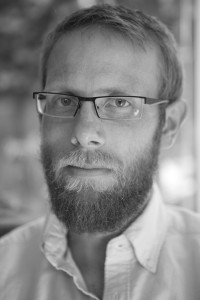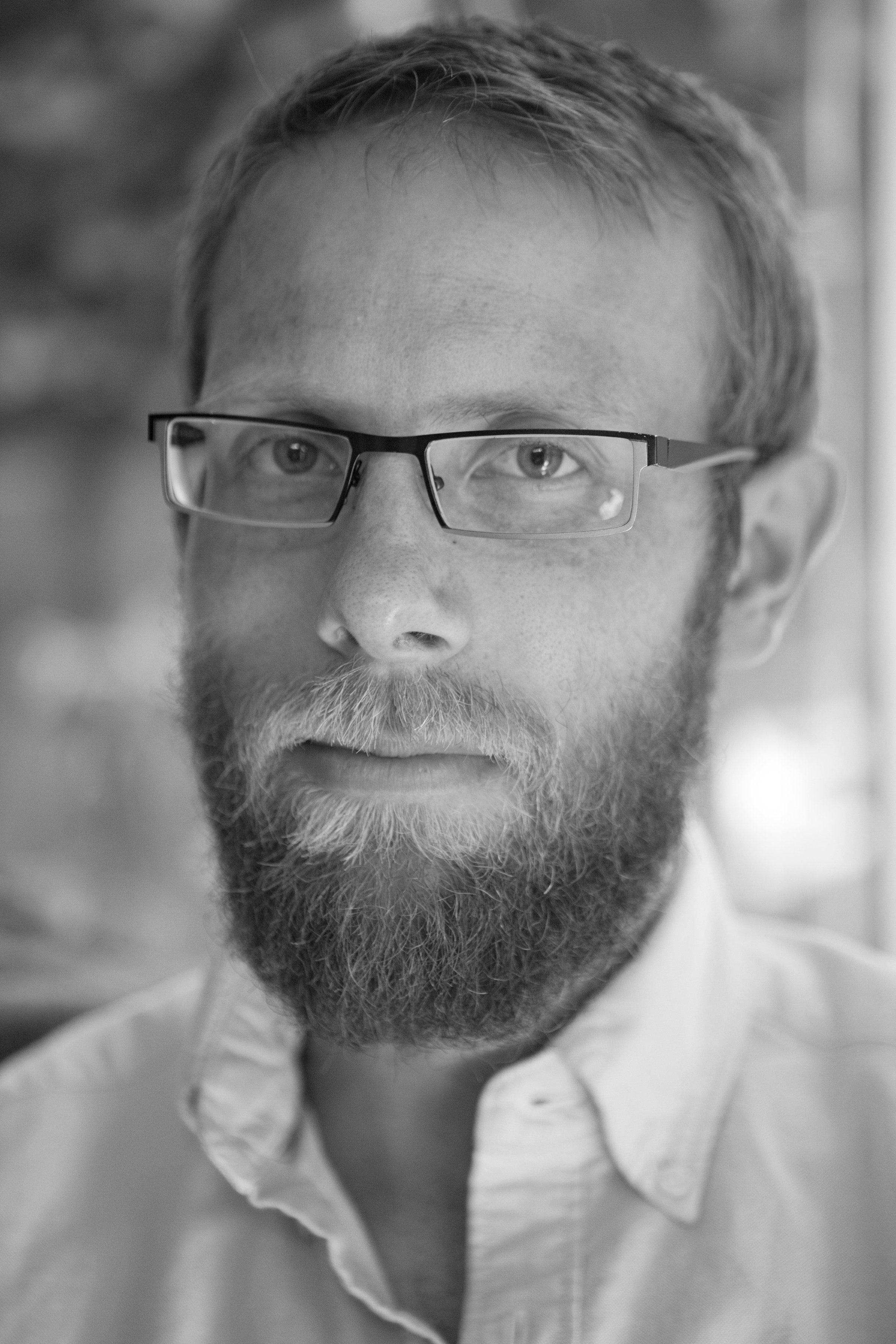
J. Christian Jensen M.F.A ’13 recently gained national attention for his Oscar nominated documentary short film, White Earth, a film that he created as his Stanford thesis film. The film follows three children and an immigrant mother as they deal with the recent oil boom in America’s Northern Plains. The Stanford Daily sat down with to discuss film, the Oscars, and his creative process.
The Stanford Daily (TSD): What made you submit your film for Academy Award consideration, and did you expect to be nominated?
Christian Jensen (JCJ): It wasn’t totally random. I certainly was not expecting to get nominated, but I did it as sort of a Hail Mary. I knew that I could, [because] in order to be considered for an Oscar for a short film, you have to qualify by winning a major award at a top festival. My film qualified by first winning the Jury Award at the Full Frame Documentary Film Festival, and it actually qualified another time because it won a Student Academy Award. And with the qualification, I was able to submit it. Then I was shortlisted and eventually nominated.
TSD: What inspired you to make this film?
JCJ: I was first drawn to the idea by my father, who lives in St. George Utah, my hometown, and he told me about all of those people who were leaving, because of the bad economy, in particular because of the housing market crash. A lot of them were moving to North Dakota, and that was something that I was interested in. I wanted to dig deeper and understand more about the effect of migration on families and on the children of people whose parents were working in the oil fields.
TSD: What was the biggest struggle you faced when creating this film?
JCJ: One of the early concerns that I had was that I knew that there were a lot of films being made about North Dakota. There were a lot of news stories that were also being written. So first, I wondered if I could bring something new to the table, and it almost caused me to not do it at all, but when I arrived there, I was so compelled by the imagery, by the way the flames burst out of the ground and the lights at night, from these oil rigs across the prairies, and the industrial beauty and terror of it all was something interesting to me. So I decided that I was going to dig deeper and find some way that I could distinguish the film and make it new.
TSD: What ended up distinguishing it from these other narratives?
JCJ: The film is very subjective visually. The visual treatment of the film definitely reflects the emotional response that I had to what I saw. In some ways, there is a lyricism, something poetic, about the way I was trying to portray that place. The other thing that I did in order to try and distinguish the film was that I delineated the focus of the subjects to children and eventually an immigrant mother because I thought that those were the kinds of people who were the last ones that were being talked to by the other films and news.
TSD: Why is documentary your chosen genre of film?
JCJ: I think that documentary is the most innovative and malleable of the cinematic forms. There are so many interesting and fresh approaches to storytelling that I think are so fascinating. It is this amazing combination of the nonfiction elements that I’m drawn to and the more dramatic elements, and I really love the way that those two can be combined into something that is very unique . . . I was initially drawn towards fiction films, more traditional Hollywood style films, and it wasn’t until midway through my undergraduate career that I realized how much I love documentary.
TSD: The creative process is obviously unique to the film and the filmmaker. Going back to your film, how would you describe your creative process?
JCJ: Initially, I had actually completely written a treatment that was based around a particular family. A week before I was supposed to start shooting, the father called me and told me that his wife left him and that she had taken the kids with her. So I knew that I needed to make changes. I then decided to focus more specifically on the voice of children and to get a broader cross section of children. It wasn’t until I met James, the primary boy that narrates the film, that I really felt like I had a film. There was a lot of serendipity at play. As in most documentaries, a lot of it was improvisational, and this was definitely the case.
TSD: For the way film festivals go, would you describe it as initially hoping to get noticed?
JCJ: The funny thing is that this film that is now being recognized by the Academy is no better now then it was two years ago, when it premiered here, in front of some students and teachers at Stanford. It’s no better now, but the recognition in people’s minds makes it better or at least allows people to consider it. That is one of the remarkable things about the Oscars.
TSD: For really any student doing creative work, there is obviously that need for an initial source of validation. What is your recommendation for student filmmakers who are facing that hurdle?
JCJ: My recommendation is that you have to go deep and you have to find specifically what themes and what tensions exist in your life that are going to inform your work, and I think its important to place constraints on your work, stylistic constraints, thematic constraints, and that’s what is going to help you get at something specific that isn’t going to become so general that it is lost among everything. Then you just have to be happy with the film.
This transcript has been condensed and edited.
Contact Sam Reamer at sreamer ‘at’ stanford.edu
